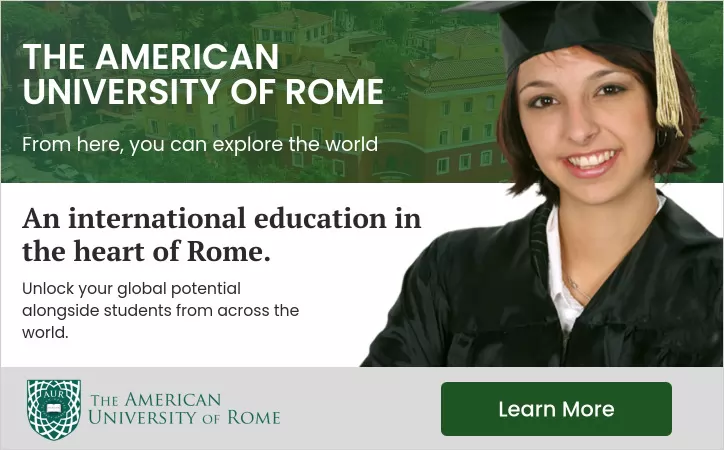Santa Claus is from Italy.
Ask any child to draw a picture of Santa Claus and youll get the stereotype image of a jolly old gentleman, with a long white beard, rosy cheeks, a red coat and a team of reindeer. He has his headquarters in the snowy plains of Lapland, where he answers letters and receives visitors, and he makes his lightning tour of the world on Christmas Eve, dropping toys down chimneys.
What few adults and even fewer children know is that the original Santa Claus was nothing like this. He was olive-skinned, rather than apple-cheeked. He wore a bishops stole instead of a scarlet, fur-trimmed jacket, and he never saw a reindeer in his life. The truth of the matter is that St Nicholas was born in Anatolia and his mortal remains are preserved in one of Italys most famous shrines.
Not many people connect the venerable S. Nicola da Bari with Father Christmas, or know that old Santa Claus really ought to be depicted beside the blue Italian sea, rather than the icy Arctic Circle.
The saint was born in Patara about 260 AD and became bishop of Myra (now known as Demre, in present-day Turkey) around the year 300. He was well known for his charitable deeds. One particular episode when he saved three penniless sisters from disgrace by donating the dowries they needed to become respectable married women, transformed him into one of the most popular saints in the Mediterranean.
After his death, he was buried in Myra and his fame as a miracle worker spread far and wide. Pilgrims from all over the Christian world flocked to his shrine to gather the miraculous healing oil, known as the Manna of St Nicholas, that oozed from his tomb.
Thanks to the presence of such an important shrine, Myra continued to prosper for several centuries. However, the area was eventually taken over by Muslim Turks and in order to save the saint from heathen clutches a couple of daring Italian priests organised a commando force of 62 devout seamen from the Apulia port of Bari. In April 1087 they sailed boldly across the sea and hijacked the bones of the saint from his tomb in Myra basilica, triumphantly carrying them to Italy.
Modern hindsight suggests that the Bari sailors were not motivated purely by religious fervour. From early Christian times, and right through the middle ages, the relics of saints and apostles were eagerly sought-after commodities. Possessing some portion of an important saint especially one that was reputed to accomplish miracles guaranteed prosperity and progress for an ambitious mediaeval city. It meant that Church protection and special privileges would be granted as well as floods of pilgrims, bringing money, trade and prosperity.
The people of Myra were dismayed to lose their saint, but they didnt get round to doing anything about it for almost 1,000 years. In 1997, a Turkish organisation called the Santa Claus Foundation with headquarters in Antalya petitioned the Vatican to have the bones of St Nicholas returned. The foundations president, Muammer Karabulut, claimed that the relics had been removed illegally from Turkish territory and should be restored to their rightful home. This unexpected turn of events took Bari by surprise. Father Gerardo Cioffari, director of the Dominican Centro Studi Nicolaiani, was outraged, and declared that the relics would never be returned to Turkey.
Karabulut hasnt given up. He continues, year after year, to put forward the foundations claim. He says that St Nicholas (known as Noel Baba in Turkey) is a worldwide figure, not confined solely to Christians, and that he is a symbol of world peace and reconciliation.
The saintly bishop from Myra has always had universal appeal. He is considered the protector of a vast and varied range of people and things, including children and unmarried women, shopkeepers, convicts, prisoners who have been unjustly condemned, seamen, pawnbrokers and wolves.
He is also the patron saint of Russia. The cult was carried to northern Europe by merchants and sailors from the Baltic, where the saint became extremely popular as the bearer of gifts on his name day, 6 December. Dutch settlers took their version of Santus Nicolaus with them to America, where he was eventually transformed into the Christmas icon we all know that merry old man in a red coat, which is a modern piece of fantasy, dreamed up in a soft drink advert that appeared in 1930.
The real St Nicholas, however, has by no means been forgotten. In fact, he is enjoying quite a revival. Since the fall of the Berlin Wall and the reinstatement of the Russian Orthodox Church, thousands of Russian pilgrims have begun to travel to Bari to pray at the tomb of their patron saint. The former onion-domed Russian Orthodox church near to the shrine, which had been closed since the time of the 1917 Russian Revolution, has reopened its doors, at the specific request of the Patriarch of Moscow.
At a ceremony held in the Russia Embassy in Rome in 2000 to celebrate S. Nicola da Bari, the citys mayor, Simeone di Cagno Abbrescia, explained: To millions of Orthodox worshippers, Bari is a holy city, second only to Jerusalem. Russians know Bari better than they know Rome.
As Muammer Karabulut says: St Nicholas is everyones saint whether or not hes in his guise of Santa Claus.




















